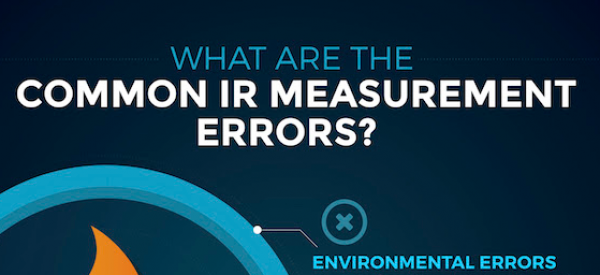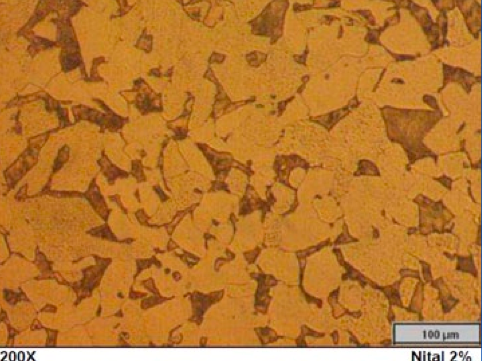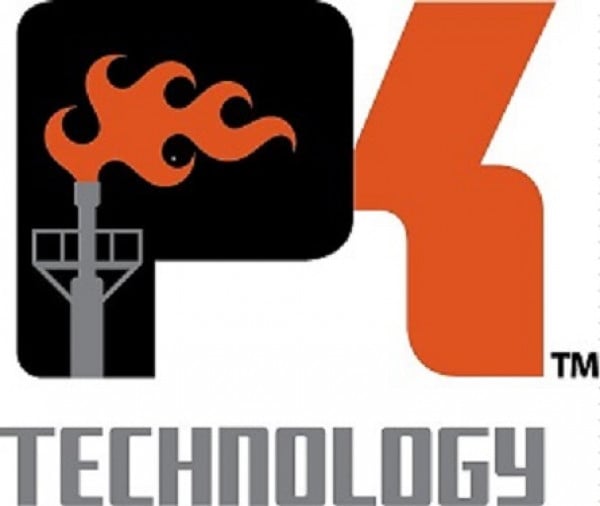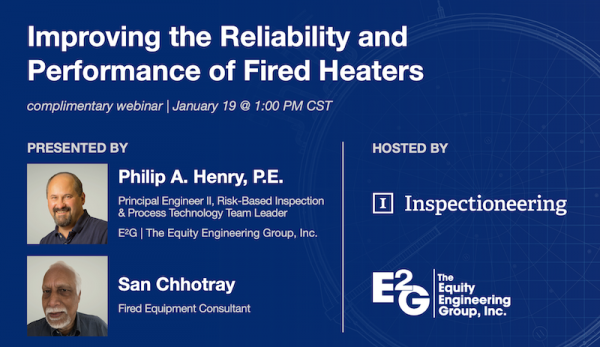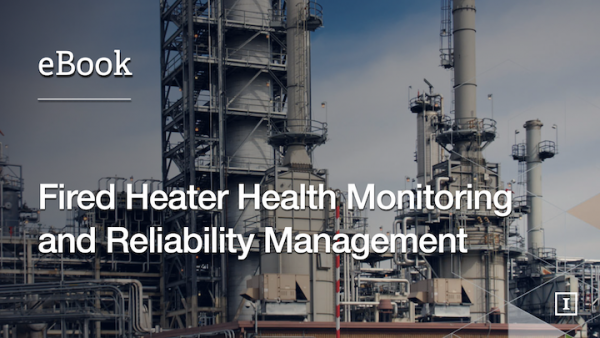API 530, Calculation of Heater-tube Thickness in Petroleum Refineries, is an inspection code, written and published by the American Petroleum Institute (API), to establish recommendations and requirements for the procedures used for calculating the required wall thickness of new tubes and associated component fittings for petroleum-refinery heaters and determining design criteria for the same. The first edition of the code was published in October of 1997 and the most recent edition (7th Ed.) was released April 2015.
The procedures laid out in API 530 are specifically developed for the design of refinery and related process-fired heater tubes (direct-fired, heat-absorbing tubes within enclosures). On the other hand, they were not intended to be used for the design or inspection of external piping. The standard also does not specify recommendations or requirements for tube retirement thickness.
This national standard is adapted from and identical to the international standard: ISO 13704, Petroleum and natural gas industries-Calculation of heater-tube thickness in petroleum refineries.
Related Topics
- API 510 - Pressure Vessel Inspection Code
- API 570 - Piping Inspection Code
- API 653 - Tank Inspection, Repair, Alteration, and Reconstruction
- API 936 - Refractory Installation Quality Control - Inspection & Testing Monolithic Refractory
- API Individual Certification Program (ICP)
- API RP 1169 - Pipeline Construction Inspection
- API RP 582 - Welding Guidelines for the Chemical, Oil, and Gas Industries
- API RP 588 - Recommended Practice for Source Inspection and Quality Surveillance of Fixed Equipment
- API TES - Tank Entry Supervisor
Relevant Links
Topic Tools
Share this Topic
Contribute to Definition
We welcome updates to this Integripedia definition from the Inspectioneering community. Click the link below to submit any recommended changes for Inspectioneering's team of editors to review.
Contribute to Definition


